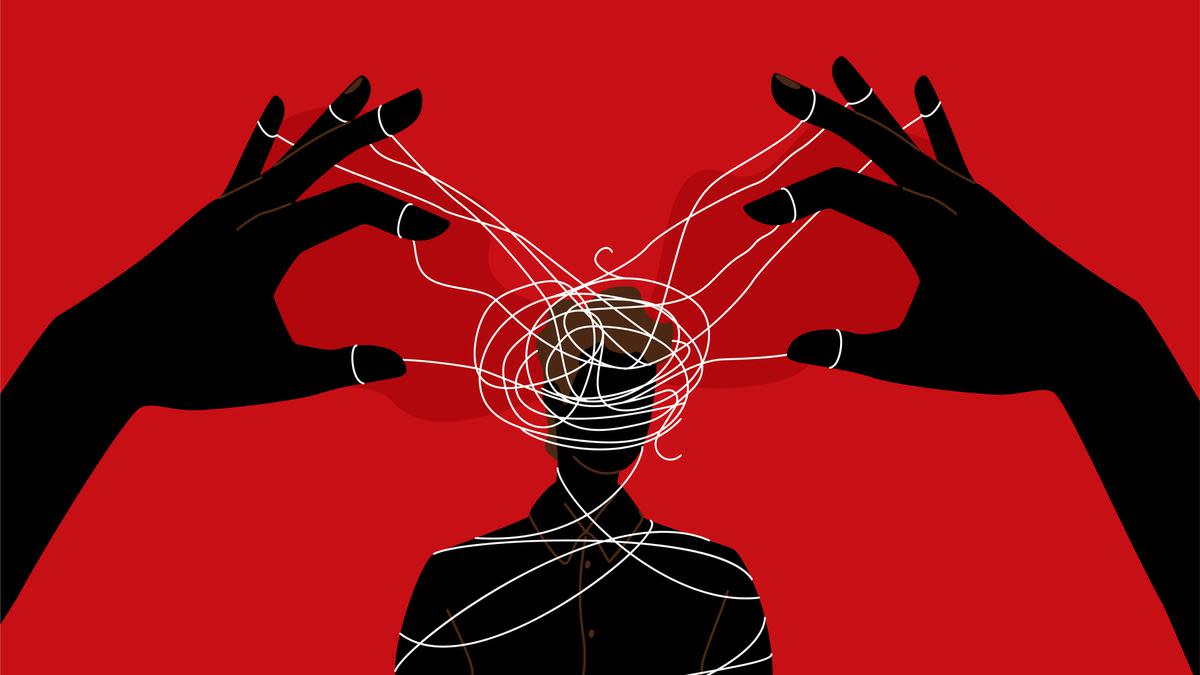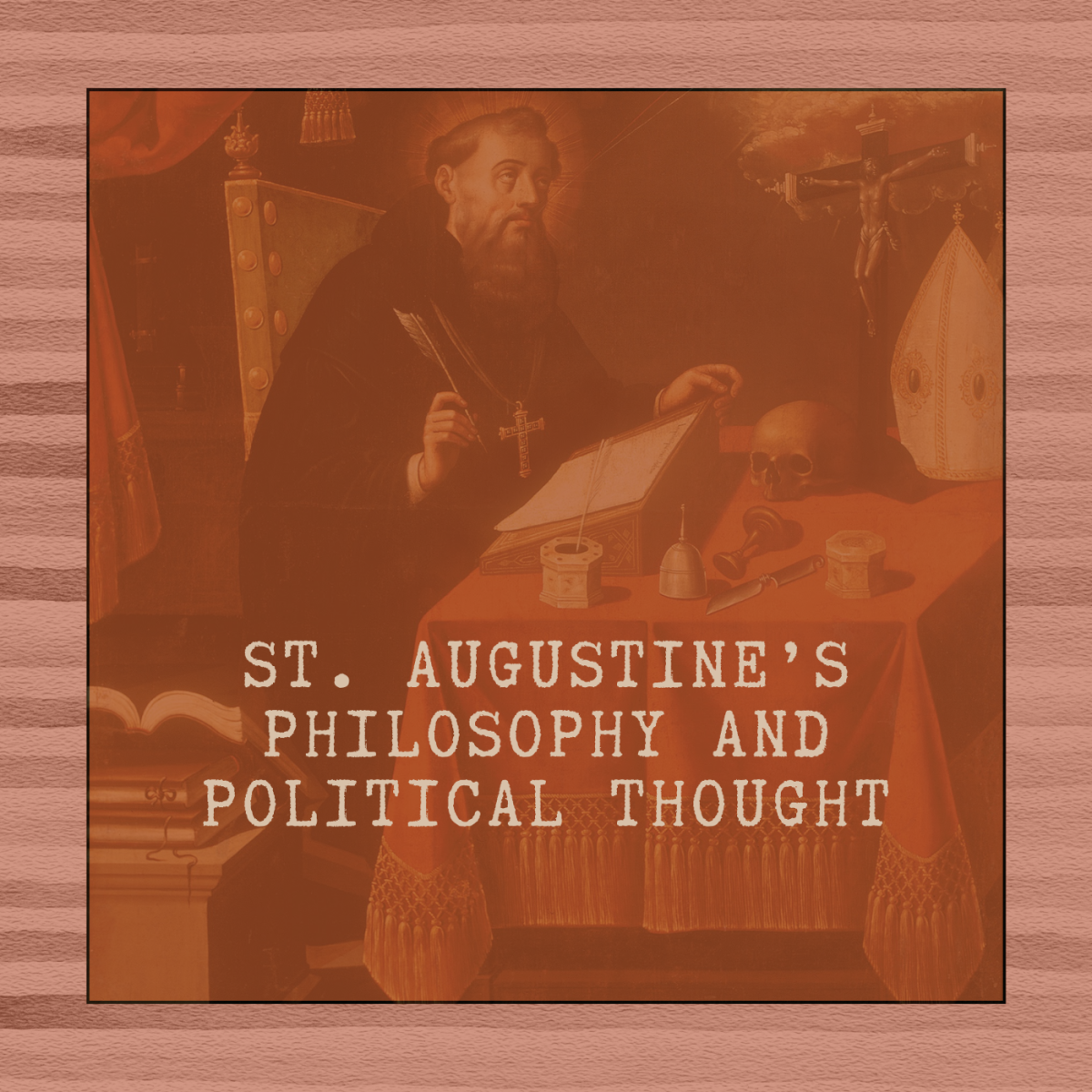The 20th Century New Left in America
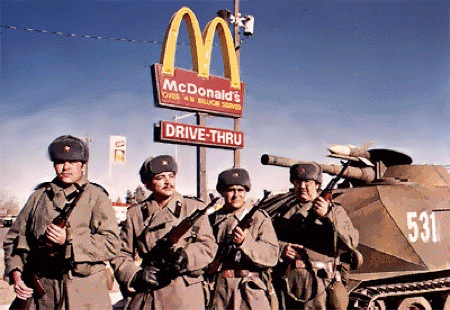
Introduction
Philip Abbott developed the notion of “Cold War Liberalism” but this was attacked by what has been called the “new left.” The Cold War was fought on two fronts – overseas through proxy wars, arms races and with words. But on the home front, the fear of “card-carrying communists” had grown, even though there was no credible evidence that particular threat was real. Over time this led to a conformity that was questioned by the New Left. The legacy of the New Left, through the writings of Mills and Hayden was an attempt to return the United States back to its rightful place as a democracy that was unique. Marcuse was able to see things from the perspective of an outsider looking in. His focus on technology and how it affected people, proved the moving the totalitarian society of the United States along and promoted an internal form of communism by detaching Americans from life. In spite of any later affect the New Left had on American society, it was unable to change foreign policy, at least at the speed it had desired. Mills and Marcuse had predicted this would occur.
In the Beginning
As World War II allies began nearing apparent victory Roosevelt began a new international plan for world order. He believed that the League of Nations, of which the United States was not a part, was not effective and the peace in 1917 failed because great world powers had not acted in a concerted manner. But by the time Roosevelt died in 1945, the United Nations system being developed was failing as well. Conflicts occurred during the Yalta Conference and Churchill distrusted Stalin’s motives for Stalin in Eastern Europe. At the Potsdam Conferences, Truman had ridiculed the Soviet Union for failing to cooperate at Yalta. Stalin replied that whoever occupies a territory, determines its social structure. Churchill declared that an Iron Curtain had descended upon Europe. Krushnev said, “we will bury you”, and the Cold War was on. A bi-polarization of the world occurred and resulted in an arms race with each side believing that either there is a winner or a loser, no in between. In 1947, the Truman Doctrine described the new struggle between Capitalism and Communism, stating that each country would have to decide whether it would chose a way of life that enveloped the will of the majority which is distinguished by free institutions or a life based upon the will of the minority, which involves terror and oppression. After gradual and sometimes immediate escalation of many issues, particularly military, it was clear that the Cold War was very real. To the extent in which it was real is debatable and was debatable by the New Left at the time it was happening.
Soviet analyst George E. Kennan was asked by the Secretary of Defense to analyze and respond to a paper written by a government official which outlined Soviet international objectives. His response had three sections: 1) the assessment of the origins of Soviet international conduct; 2) the nature of Soviet conduct in relationship to Russian society; and 3) US foreign policy recommendations. His conclusions basically claimed that Soviets were following Marxism which was based on economic determinism, that capitalism was self-destructive and that there would be no compromising from the Soviets with the West. While he believed that the Soviets would be difficult to work with, Kennan also felt that Soviets had rationality and that their economic and political system was vulnerable. He laid out many warnings but considered containment of communism to be up most important and that it would result in the United States’ victory of the War. While Russians were patient, they did want to expand territories, but they would compromise when necessary to meet other goals.
Wolverines!

The Red Scare
With McCarthy’s “red scare” came the fear of citizens’ neighbors and with it, a loss of faith in democracy developed over time. “War fever” had ensued and civil libertarians helped in the development of a mass belief that the American way of life was in danger and everything must be done to prevent it at all costs. If someone dissented from this concept, they were not simply put in a category of a disagreeable fellow citizen. Instead, they were labeled traitors because any show of disagreement would make the enemy more powerful. In other words, the United We Stand, Divided We Fall mentality developed and if divided, there would be definite loss of the War. There was also a right vs. wrong mentality that stated the United States was just and good and the enemy was cruel, evil, immoral and haters of freedom. These ideas have been coined “Cold War Liberalism.”
The Red Scare, or communism from within, was a notion that made little sense and was based on fear. The idea that democracy would fall from within by communists infiltrating every aspect of local, state and federal positions of community and power was unfounded. Nevertheless, it caused panic, which stunted democracy and ruined lives. C. Wright Mills in White Collar pointed out that America had a tradition of entrepreneurship wherein many people owned property in which they also worked. This linkage created the “absolute individual” because income, status, work and property created a system that refused authority. American tradition was based upon this absolute individual. However, for Mills, Cold War Liberalism and the ideas of the 1950s resulted in a form of containment of the American people. The new middle class was giving up individualism and public opinion for conformity. Mills further pointed out that there was a rise in an interlocking power elite which he called military-industrial complex. In this, the power elite decided how fast the economy would grow, where to invest and when there would be war or peace. He called on Christians to consider what it meant for them to kill people in efficient, impersonable ways and to secular intellectuals; he advised that their role should be to break the monopoly of ideas of these cold warriors. Finally, it was his hope that the “community of publics” meaning Christians and secular intellectuals, would rise up and keep these interchangeable elites in check.
Tom Hayden, a University of Michigan student wrote his essay on C. Wright Mills. In this, he contended that America was both psychologically and economically dependent upon the Cold War and that this had little to do with Soviet threat. He argued that America’s democratic institutions and habits were not proportionate to armaments and that anticommunism and protection of interests had led to international alliance called the “free world”, but that term is incorrect because only four of that alliance was not dictatorships. What this essay did, according to James Miller, was “capture the spirit of the convention, the soul of the document, the essence of the New Left.” As time went on and this movement spread, the New Left became even more disillusioned with the majority of American society. They believed that America was no different than the regimes it fought against. A loss of democracy had occurred. There are arguments as to why this New Left finally “died”, one being the members inability to understand or sustain Mills’ ideas of publics, but there is no doubt that this short time period led to further anti-war protests and had great impact on American society later.
George E. Kennan
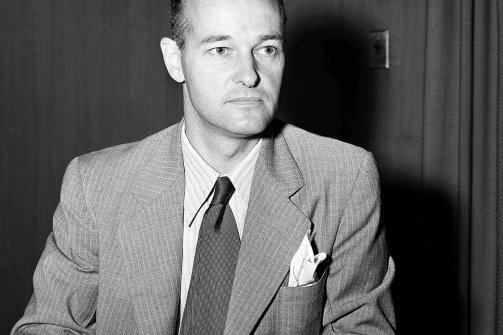
A Clean Bomb?
Finally, Herbert Marcuse asked the question of whether America was really a totalitarian society that imposed uniformity suppresses dissent and blocks change. He claimed that totalitarianism did not just exist in the form of terrorist activity from without by way of military and espionage but that it includes overt activity such as economic technical coordination by way of manipulating needs by vested interests. He claimed that George Orwellian language made things seem different than they appear. For example, words such as “clean bomb” would be used to make a bomb seem less horrific. He used the term, Happy Consciousness” to explain American society’s desire for technology to the point of giving up political power. To Marcuse, this was no different than the totalitarian regimes the American society hated.
Bomb Shelter Ad
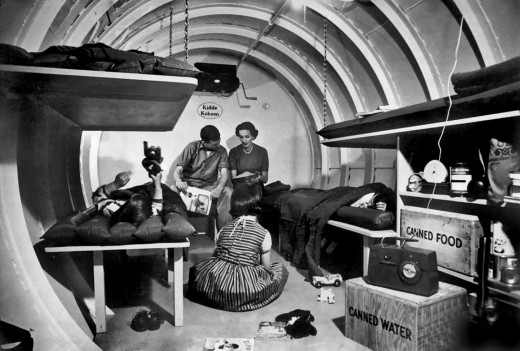
Conclusion
The legacy of the New Left, through the writings of Mills and Hayden was an attempt to return the United States back to its rightful place as a democracy that was unique and idealistic in many regards. Marcuse was able to see things from the perspective of an outsider looking in. His focus on technology and how it affected people, particularly Americans, moved the totalitarian society of the United States along and promoted an internal form of communism by detaching Americans from life. In spite of any later affect the New Left had on American society, it was unable to change foreign policy, at least at the speed it had desired. Mills and Marcuse had predicted this.




